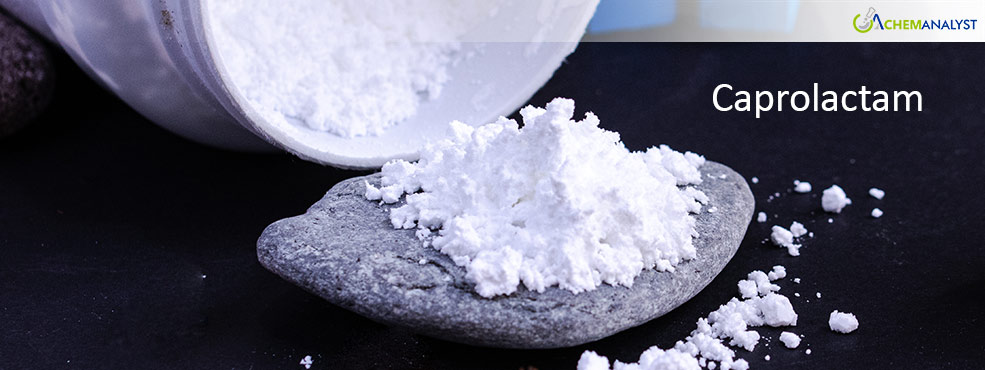Caprolactam Markets in China and U.S. Witness Signs of Recovery After Initial Price Falls
- 21-Jan-2025 5:30 PM
- Journalist: Benjamin Franklin
The Caprolactam market in the first half of January 2025 saw similar trends in both China and the United States, initially marked by price declines followed by a moderate recovery. The price fluctuations were largely influenced by supply-side pressures, feedstock costs, and subdued downstream demand, with improvements later in the month as supply conditions eased, and demand showed signs of picking up.
In China, Caprolactam prices initially saw a decline due to weak performance from upstream feedstocks like benzene resulting in eased production costs. The sluggish demand from key downstream industries, including textiles and automotive, coupled with global economic uncertainties and trade tensions due to prevailing ongoing trade friction with the European Union further dampened Caprolactam prices. Inventory levels remained high as manufacturers continued production despite the lacklustre demand, resulting in competitive pricing to clear stock.
However, by mid-January, a notable shift occurred as the market showed signs of recovery. Improved downstream demand for Caprolactam, especially from the textile sector, which ramped up restocking post-New Year, also helped stabilize prices. Simultaneously, rising feedstock costs, driven by an upward trend in the benzene market fuelled by higher international crude oil futures, increased production costs. This cost-push inflation contributed to higher Caprolactam prices. Though export orders remained soft due to ongoing global uncertainties, domestic consumption showed resilience, contributing to the market’s stabilization.
In the United States, Caprolactam prices experienced a similar initial decline, influenced by muted demand from the automotive sector, which focused more on clearing inventories than on new production. While feedstock benzene prices remained stable, production costs did not see significant changes, limiting price movements.
However, the market dynamics shifted as the risk of port strikes, which had the potential to disrupt supply chains, were resolved by the second week of January. This alleviated some supply-side pressures, ensuring that inventory levels were adequately replenished. Despite inflation concerns and uncertainty attributed to projected import tariffs under the incoming administration’s policies, the U.S. market saw a slight recovery in Caprolactam prices as feedstock costs, including benzene, rose due to firmer global crude oil prices. With stable demand from both the automotive and textile sectors, the market gained some momentum toward the middle of the month.
Looking ahead, the Caprolactam markets in both China and the U.S. are expected to remain stable to firm. In China, sustained downstream demand growth, coupled with stable or rising feedstock prices, points towards price firmness or potential increases. In the US, the impact of new administration policies on tariffs and trade is critical, with increased tariffs potentially driving up prices. As both regions stabilize, feedstock price trends and demand recovery will play key roles in shaping market dynamics for Caprolactam throughout Q1 2025.



